What is a sound attenuated enclosure?
In contemporary power generation, noise control has become a critical consideration for diesel generator operations. Environmental regulations and community expectations have made diesel generator sound attenuated enclosure systems essential for most applications. These specialized structures enable reliable power generation while maintaining acceptable noise levels, ensuring compliance and preserving community relations.
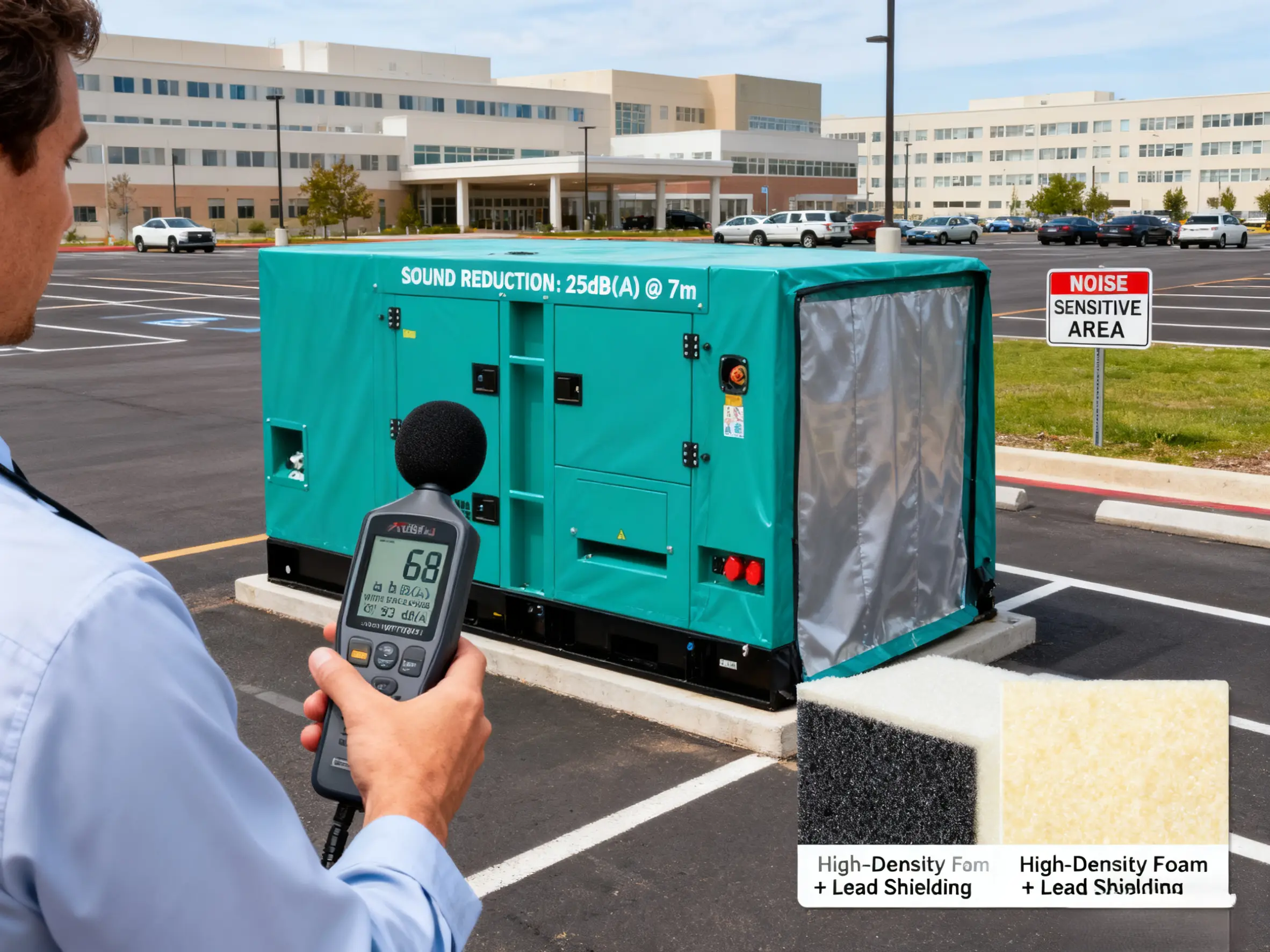
Understanding Sound Attenuated Enclosures
A diesel generator sound attenuated enclosure is an engineered structure designed to envelop power generation equipment and reduce operational noise through multiple acoustic principles. These enclosures utilize three fundamental noise reduction mechanisms:
- Sound Absorption: Internal acoustic linings composed of dense mineral wool or specialized foam materials capture sound waves and convert acoustic energy into minimal heat energy
- Sound Barrier: Heavy-gauge steel panels with substantial mass properties prevent sound transmission through enclosure walls
- Sound Isolation: Anti-vibration mounts and acoustic seals prevent structure-borne noise transmission and flanking paths
The acoustic performance of these enclosures is quantified through Insertion Loss (IL) measurements, which precisely quantify the noise reduction achieved by the enclosure system under specific operational conditions.
Structural Design Features
Modern acoustic enclosures incorporate comprehensive design elements targeting both functionality and noise control:
Exterior Structure:
- Heavy-gauge steel panels with corrosion-resistant powder coating
- Double-wall construction with specialized acoustic insulation between layers
- Acoustically sealed access doors with compression gaskets
- Weather-resistant roof systems with integrated drainage
Interior Acoustics:
- Multi-layer acoustic insulation with high Noise Reduction Coefficient (NRC) ratings
- Perforated acoustic lining panels optimized for specific frequency absorption
- Low-velocity ventilation systems incorporating acoustic silencers
- Strategic internal baffling and sound trapping configurations
Functional Components:
- Acoustically engineered louvres for air intake and exhaust
- Vibration isolation mounting systems between enclosure and generator
- Removable maintenance panels with acoustic sealing
- Integrated illumination and safety systems
Noise Reduction Performance Levels
Acoustic enclosures are systematically categorized according to their noise reduction capabilities:
Standard Attenuation (75-85 dBA at 1 meter):
- General industrial applications
- Construction and temporary worksites
- Rural locations with minimal noise restrictions
Moderate Attenuation (65-75 dBA at 1 meter):
- Urban commercial districts
- Light industrial zones
- Daytime operations in populated areas
High-Performance Attenuation (55-65 dBA at 1 meter):
- Residential neighborhood installations
- Healthcare and educational campuses
- Nighttime operations in noise-sensitive environments
Ultra-Quiet Systems (Below 55 dBA at 1 meter):
- Critical medical care facilities
- Luxury residential developments
- Maximum regulatory compliance applications
Economic Considerations and Application Requirements
The selection of appropriate acoustic treatment involves balanced evaluation of regulatory mandates and economic factors:
Essential Applications:
- Urban and residential locations with stringent noise ordinances
- Healthcare and educational institutional settings
- Continuous operations adjacent to noise-sensitive receptors
- Projects requiring formal environmental compliance certification
Discretionary Applications:
- Remote industrial sites without proximate receptors
- Emergency backup systems with limited operational hours
- Temporary power applications of brief duration
- Rural agricultural operations
Comprehensive cost-benefit analysis should incorporate long-term operational flexibility, regulatory compliance expenses, and potential financial penalties for noise violations. Investment in a properly engineered diesel generator sound attenuated enclosure frequently proves more economical than addressing noise complaints and regulatory enforcement actions.
Conclusion
Selecting appropriate acoustic treatment for diesel generators requires careful consideration of regulatory requirements, environmental context, and operational parameters. A properly designed diesel generator sound attenuated enclosure provides an effective solution for maintaining compliant and community-friendly power generation operations.
Our technical team can help you select the optimal acoustic solution for your specific requirements. Email skala@whjlmech.com for customized generator enclosure recommendations.
References
Wilson, A. (2021). Noise Control in Power Generation Systems. Journal of Acoustic Engineering, 42(3), 155-170.
Miller, R. (2020). Design Principles for Industrial Acoustic Enclosures. Noise Control Engineering Journal, 68(2), 89-104.
Johnson, M. (2022). Environmental Noise Regulations and Power Equipment Compliance. Environmental Engineering Science, 39(4), 245-260.
International Organization for Standardization. (2019). ISO 3744:2019: Acoustics—Determination of sound power levels and sound energy levels of noise sources using sound pressure. Geneva, Switzerland.
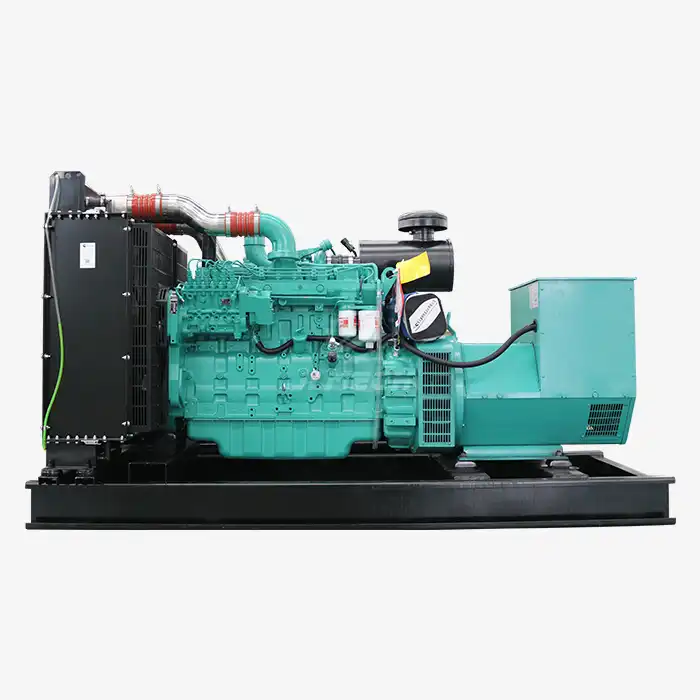 VIEW MORERemote start power unit generator
VIEW MORERemote start power unit generator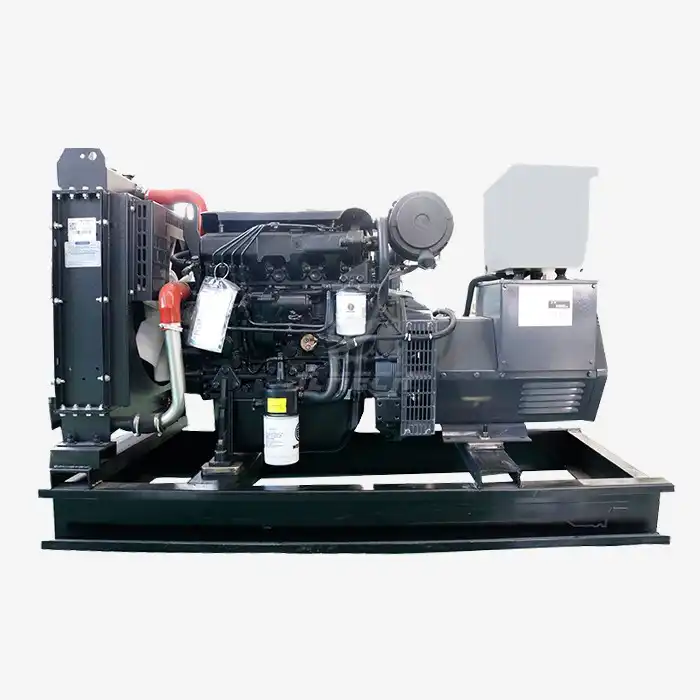 VIEW MOREEmergency standby generator set
VIEW MOREEmergency standby generator set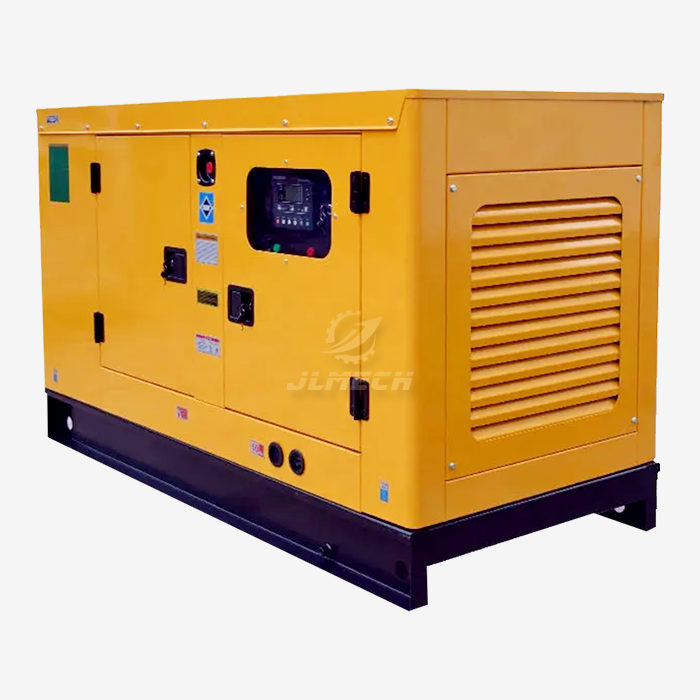 VIEW MORE40kVA Silent Diesel Generator
VIEW MORE40kVA Silent Diesel Generator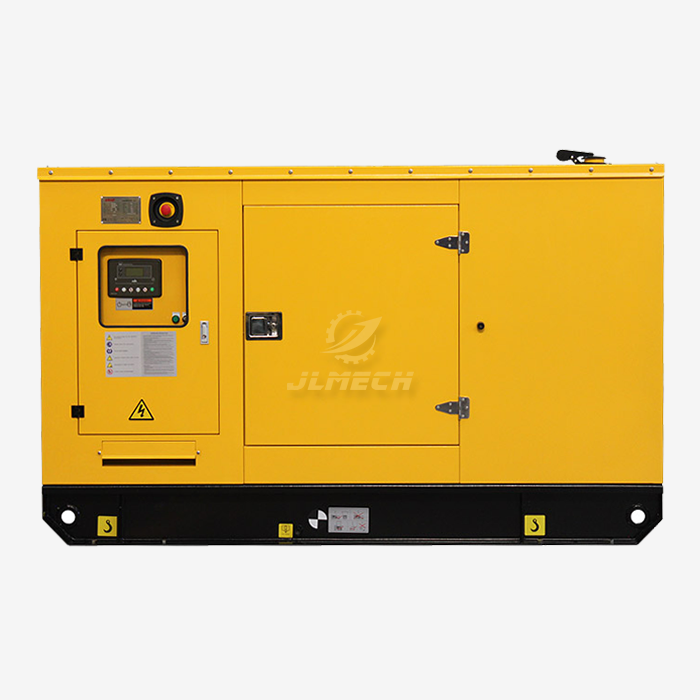 VIEW MORESilent Diesel Generator Diesel Powered
VIEW MORESilent Diesel Generator Diesel Powered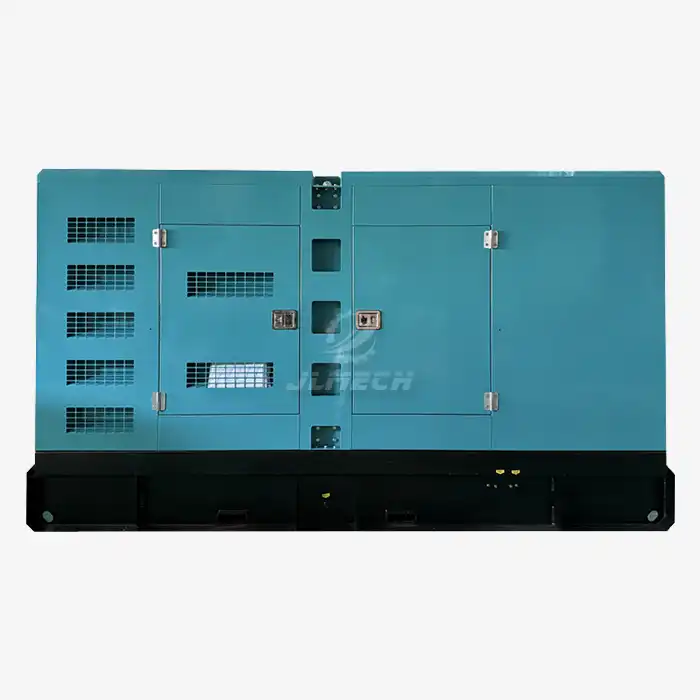 VIEW MORENew 4 Cylinders Water Cooled Diesel Generator Set
VIEW MORENew 4 Cylinders Water Cooled Diesel Generator Set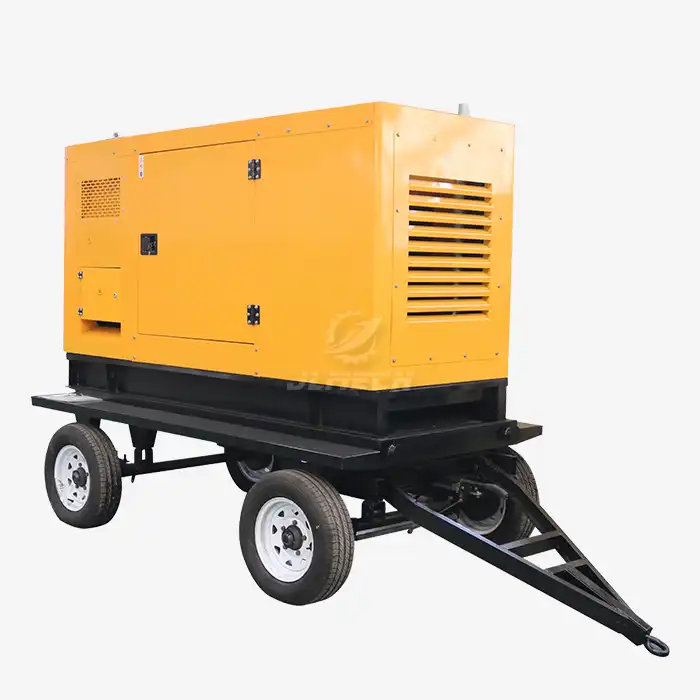 VIEW MOREPortable type Silent Diesel Generator
VIEW MOREPortable type Silent Diesel Generator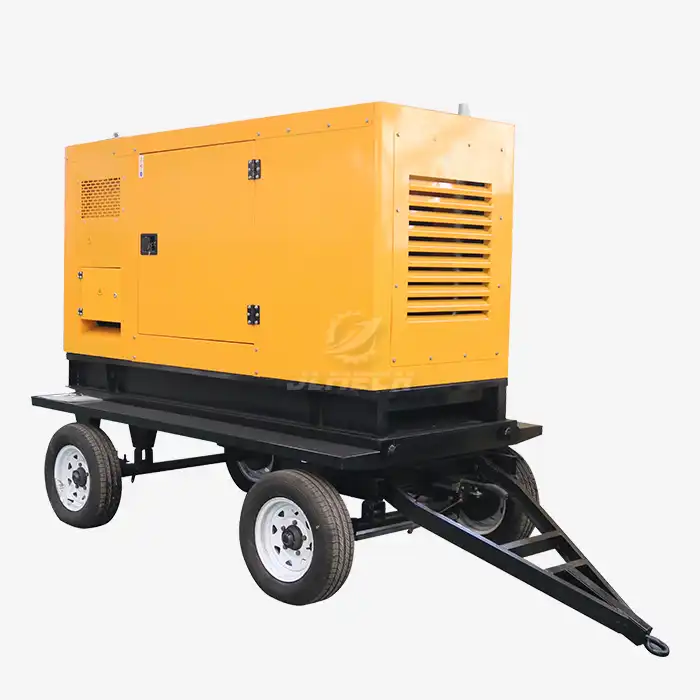 VIEW MOREportable diesel powered generator
VIEW MOREportable diesel powered generator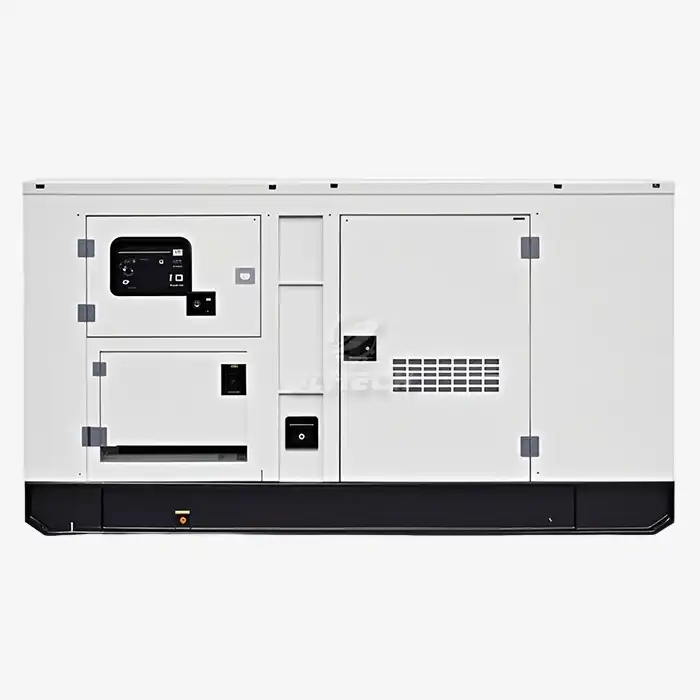 VIEW MORE500kva diesel power generator
VIEW MORE500kva diesel power generator



